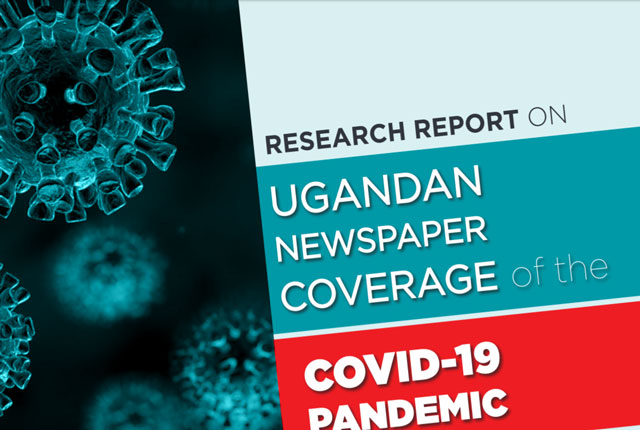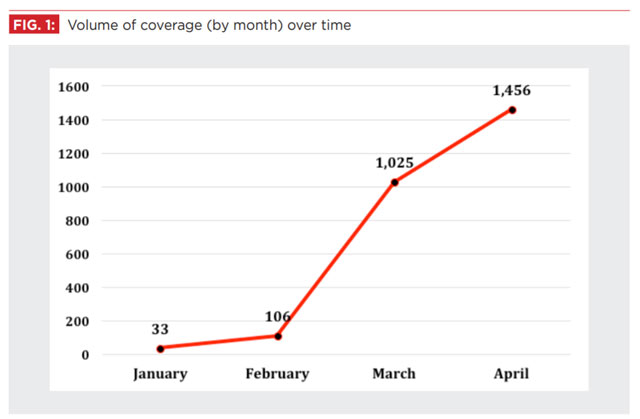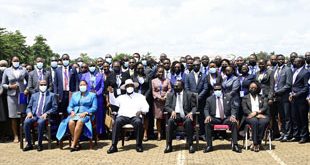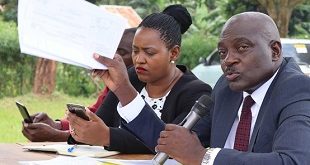
Kampala, Uganda | THE INDEPENDENT | A majority of Ugandan journalists failed to question the official narrative while covering the outbreak and management of Coronavirus Disease (COVID-19), a study by the African Centre for Media Excellence (ACME) says.
Of the 2,620 stories written and published in the New Vision, Daily Monitor, The Observer, Bukedde and the Independent, only nine employed the investigative format making it the least common of all three formats with only 0.4 per cent of all COVID-19 stories.
The study conducted between January 1 and June 30, 2020, indicates that the conventional reporting format of news writing remained dominant with 1,965 stories, representing 75 per cent of all news stories and articles published during the time. Often, government officials were not questioned on their statements.
“The president, the Minister of Health, and many governments officials were more often than not given a free pass to frame the story,” the report says.
The study also indicates that President Museveni was the most frequently cited unique source, at 18.2 per cent, followed closely by Health Minister Jane Ruth Aceng at 14.4 per cent. The president of the United States of America Donald Trump was ranked third with 8.7 per cent citations, then the Director-General of Health Services Henry Mwebesa 7.8 per cent and the Permanent Secretary in the Ministry of Health, Dr Diana Atwine Kanzira at 7.2 per cent.

Peter G. Mwesige, the Executive Director of the African Centre for Media Excellence posted on his social media account calling upon journalists to play a more advanced role in telling the COVID-19 story.
“Media, please don’t give the President a free pass on his COVID-19 Address. Don’t simply repeat what he says. Provide context. Unmask his claims. What doesn’t make sense? Where are the gaps? If he sounds incoherent or gives a confusing and long-winded speech, call him out.”
The report, however, shows that the proportion of stories that employed the enterprise and interpretive approach was also quite significant at 628 stories representing 24 per cent, compared to previous studies on media coverage of public affairs. The Observer and Independent wrote more enterprising and interpretive format stories compared to the New Vision and Daily Monitor, while Bukedde and Daily monitor led in investigations.
The study further says a number of factors contributed to the lack of investigative reporting in the coverage of COVID-19 ranging from; the enormity of the developing story, reluctance of and fear by sources to contradict the official narrative, human resource challenges, poor investment in journalism, and the lockdown restrictions and time.

The study also says that the Ugandan newspapers remained rather inward-looking, adding that events in neighbouring countries such as Burundi, South Sudan, and Tanzania deserved far more attention and prominence that they were given in the Ugandan media.
The study also revealed that the Public health angle of the COVID-19 crisis was affected by the lack of specialization by several reporters who covered the story. “Newsrooms don’t have fully developed health reporting desks, and many have lost experienced health reporters who have moved on to NGOs or government agencies.” Says the report.
But some editors who were interviewed on the report say that it was too early to draw conclusions on investigative reporting on COVID-19, saying events were still unfolding and that it takes time to do the stories. “ Bukedde editor Geoffrey Kulubya said that the best investigations will come out months later. “We shall need to question how the money was spent; how much was stolen.”
Journalist Lydia Namubiru says that probably any investigative journalism being done is still a work in progress. “Four months may be a short time to judge whether or not there will be investigative journalism on the subject”.
The study, however, points out that the media recognized and gave significant attention to the impact of COVID-19 as well as the ordinary people who bore the brunt of the pandemic. However, official sources still remained dominant.
****
URN
 The Independent Uganda: You get the Truth we Pay the Price
The Independent Uganda: You get the Truth we Pay the Price


